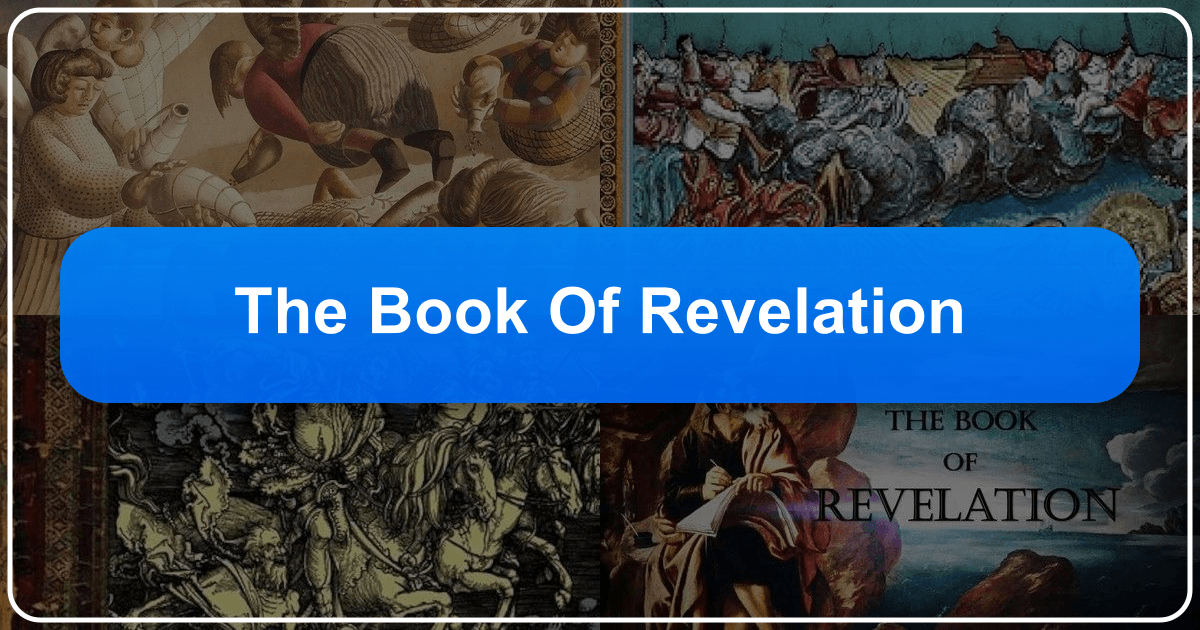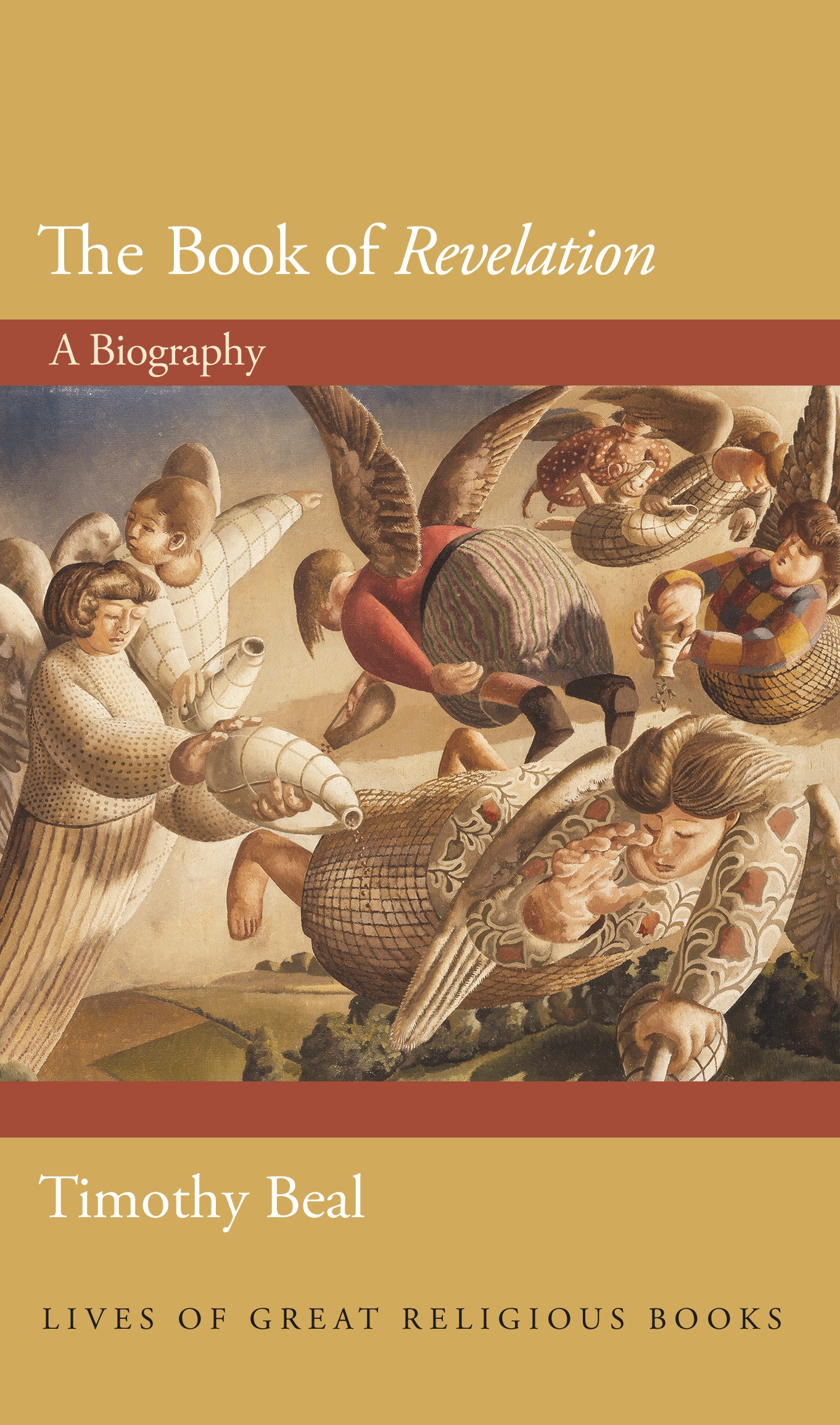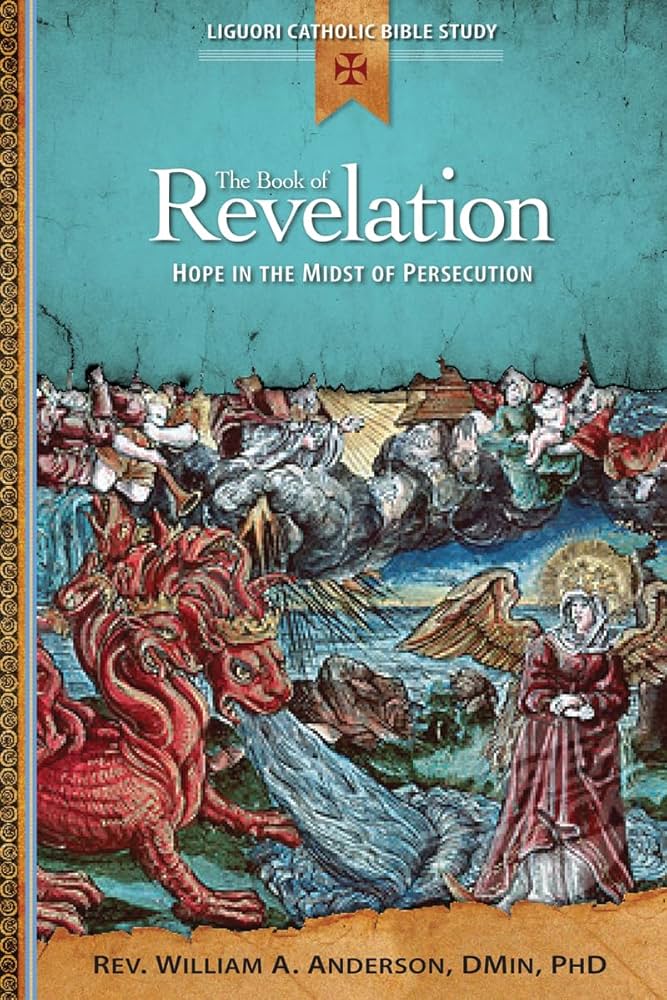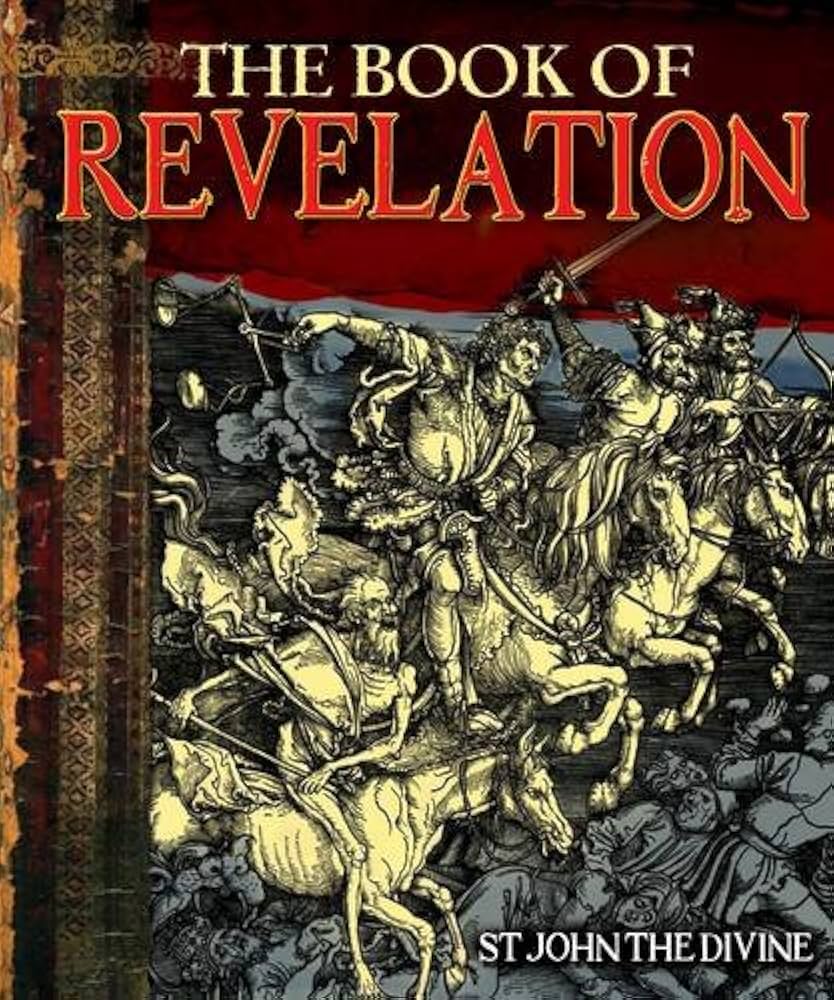The Book of Revelation: A Multifaceted Exploration

The Book of Revelation, the final book of the New Testament, stands as a unique and compelling text, eliciting both fervent admiration and intense criticism throughout history. Its enigmatic imagery, apocalyptic pronouncements, and symbolic language have spurred countless interpretations, fueling theological debates, artistic creations, and even shaping aspects of popular culture. This article delves into the multifaceted nature of The Book of Revelation, examining it through the lenses of various disciplines and perspectives, drawing parallels with how we might categorize and understand literary works through a broader lens of genres, authors, reading habits, libraries, and cultural impact.

The Book of Revelation as Literature: Genres and Interpretations
The Book of Revelation defies easy categorization within established literary genres. Its blend of prophecy, allegory, apocalyptic vision, and symbolic narrative sets it apart. While classified as a part of the biblical canon, its unique characteristics warrant a more nuanced examination. It’s not a straightforward historical account; instead, it employs a rich tapestry of imagery and symbolism, demanding interpretation rather than literal reading.
One can analyze it using methodologies of literary criticism, considering its structure, narrative techniques, and use of language. The use of symbolic numbers (like seven), visions, and beasts can be interpreted through various hermeneutical lenses, leading to diverse theological and philosophical conclusions. The dramatic and often disturbing imagery has resonated with artists across centuries, inspiring countless paintings, sculptures, and literary works. Different artistic interpretations reflect varying understandings of the text’s message, underscoring the book’s complexity and its capacity for multiple meanings.

The apocalyptic genre, to which Revelation belongs, shares thematic similarities with other works exploring themes of end times, judgment, and the struggle between good and evil. These parallels can be drawn with other apocalyptic literature, both ancient and modern, allowing for comparative studies across different cultural and religious contexts. Studying Revelation within this context allows for a deeper understanding of its literary devices and how they were used to convey a specific message to its intended audience.
Revelation as a multimedia experience
The Book of Revelation is exceptionally rich in its use of visual and auditory imagery. It’s not merely a text to be read; it’s a multimedia experience that invites engagement across senses. The vivid descriptions of celestial beings, monstrous creatures, and cataclysmic events have inspired artists across centuries. The book’s use of imagery and vivid descriptions can be interpreted through the lens of film or visual arts analysis, highlighting the use of cinematic techniques such as symbolism, metaphor, and visual storytelling to convey powerful emotional and spiritual experiences.

This inherent multimedia nature makes it a suitable subject for various adaptations: films, graphic novels, operas, and even video games have attempted to capture the essence of its apocalyptic vision. The success (or failure) of these adaptations depends largely on the interpreter’s ability to translate the symbolic language of the original text into a different medium while retaining its intended message and emotional impact. The diversity of these adaptations reflects the breadth and depth of the interpretations that are possible.
The Authors of Revelation and Their Influences
The author of Revelation is traditionally attributed to John, though the exact identity of this “John” remains a subject of ongoing scholarly debate. While some attribute it to the Apostle John, others propose different individuals. This uncertainty adds another layer of complexity to the text’s interpretation. The lack of definitive authorship invites speculation on the author’s motivations, inspirations, and the historical context of the text.
John’s Writing Style and Inspirations
John’s writing style is distinct, characterized by its visionary and highly symbolic nature. The use of vivid imagery, apocalyptic language, and prophetic pronouncements creates a powerful and evocative text. Scholarly analysis of John’s stylistic choices can uncover potential clues about the author’s background, beliefs, and intentions.
The inspirations behind the text are varied and open to interpretation. Some scholars point to Jewish apocalyptic traditions, noting similarities in themes and imagery between Revelation and earlier Jewish apocalyptic literature. The influence of other literary and cultural sources, including Greco-Roman mythology and apocalyptic literature, can also be explored and analyzed.
Famous Works Inspired by Revelation
The influence of Revelation extends far beyond the religious realm. It has inspired countless works of art, literature, and music across different historical periods and cultural contexts. Studying these works reveals how the themes and imagery of Revelation have been reinterpreted and adapted to new contexts. Understanding the book’s influence helps to grasp its enduring cultural impact, stretching beyond its initial religious context.
Reading and Learning from the Book of Revelation
Approaching The Book of Revelation requires a thoughtful and nuanced approach. It is not a book to be read passively.
Summaries and Educational Value
Numerous summaries and commentaries on Revelation exist, providing different perspectives on its interpretation. These resources can be valuable tools for understanding the complexities of the text. The educational value of studying Revelation extends beyond religious studies. It offers insights into apocalyptic literature, ancient history, and the psychological impact of trauma and uncertainty. The educational value lies not just in comprehending the text itself but in analyzing the diverse methodologies and approaches used to interpret it.
Life Lessons and Reading Habits
The Book of Revelation, despite its challenging nature, offers profound insights into faith, perseverance, hope, and the enduring struggle between good and evil. It explores themes of hope amidst persecution, resilience in the face of adversity, and the importance of faith in the face of uncertainty. The profound life lessons within the book resonate across different cultural and personal contexts.
Reading habits play a crucial role in interpreting this complex text. Active engagement, careful consideration of symbolism, research into historical context, and consultation of various interpretative approaches are essential for a deeper understanding. A slow and thoughtful reading that emphasizes symbolism and context can reveal subtle nuances and allow for meaningful reflection.
Libraries and the Preservation of Revelation
The Book of Revelation’s rich history is inextricably linked with libraries and archival institutions.
Public, Digital, and Rare Collections
Copies of Revelation, in various translations and interpretations, are found in public and digital libraries worldwide, demonstrating the text’s widespread accessibility. The availability of digital versions enables a broader audience to engage with the text, facilitating wider academic and casual study. Rare collections, such as illuminated manuscripts, offer unique insights into the history of Revelation’s interpretation across centuries. Archives preserve early printed versions and commentaries, enabling scholars to trace the evolution of interpretations across time.
Archives and the Study of Revelation
Archives play a vital role in preserving the historical context of The Book of Revelation. These institutions house original manuscripts, early printed editions, and related documents that offer crucial insights into the text’s origins, dissemination, and interpretation. The preservation of these materials allows for rigorous scholarly research and a deeper understanding of how the book has been understood and used across different periods. The scholarly work produced using this archival material expands our understanding of the book’s influence and importance.
The Cultural Impact of the Book of Revelation
The Book of Revelation’s influence transcends its religious origins, extending significantly into various aspects of culture.
Literary Influence and Adaptations
The literary influence of Revelation is vast, inspiring countless novels, poems, and other literary works. Authors have drawn upon its imagery, themes, and symbolic language to create narratives exploring themes of apocalypse, redemption, and the human condition. Adaptations of Revelation for other art forms, such as film, music, and visual arts, further demonstrate its enduring cultural presence. The book’s themes provide a framework for exploring universal human concerns, making it adaptable to a wide range of creative expressions.
Awards and Communities
The Book of Revelation, in various forms and adaptations, has garnered awards and recognition in literary, artistic, and religious circles. This recognition reflects the book’s impact on different communities and its ability to inspire creativity and reflection. Online communities, discussion forums, and scholarly societies devoted to the study of Revelation demonstrate the text’s continuing relevance and the ongoing interest in interpreting its message. These communities facilitate the exchange of ideas, fostering both scholarly debate and wider public engagement with the book’s meaning and implications.
In conclusion, The Book of Revelation is far more than a religious text; it is a multifaceted literary and cultural phenomenon that has captivated and challenged audiences for nearly two millennia. By examining its literary characteristics, its authorship, its impact on reading habits and interpretations, its preservation within libraries and archives, and its extensive cultural influence, we can gain a deeper appreciation of its enduring significance and continuing relevance. Its complex symbolism, apocalyptic themes, and profound life lessons continue to resonate with readers and artists alike, ensuring its place as one of the most discussed and debated books in human history.